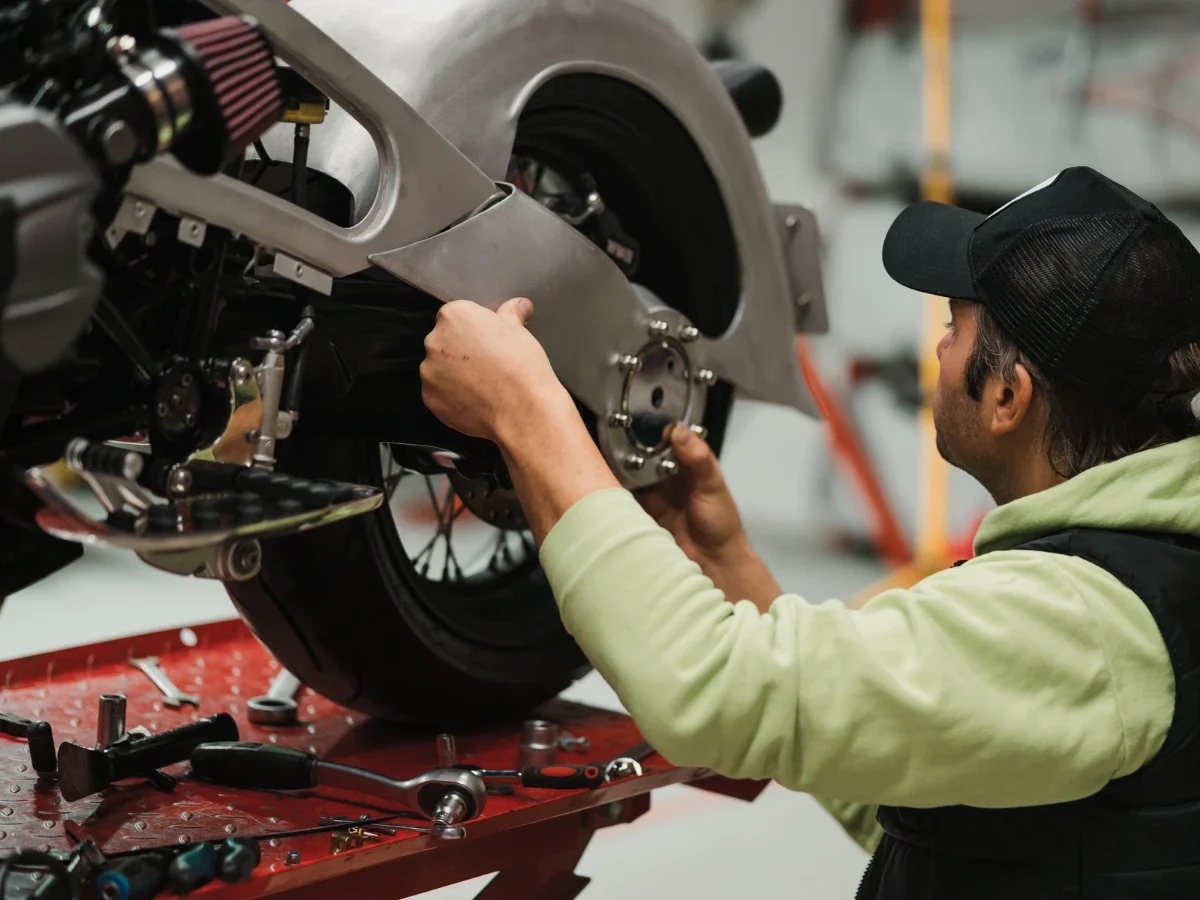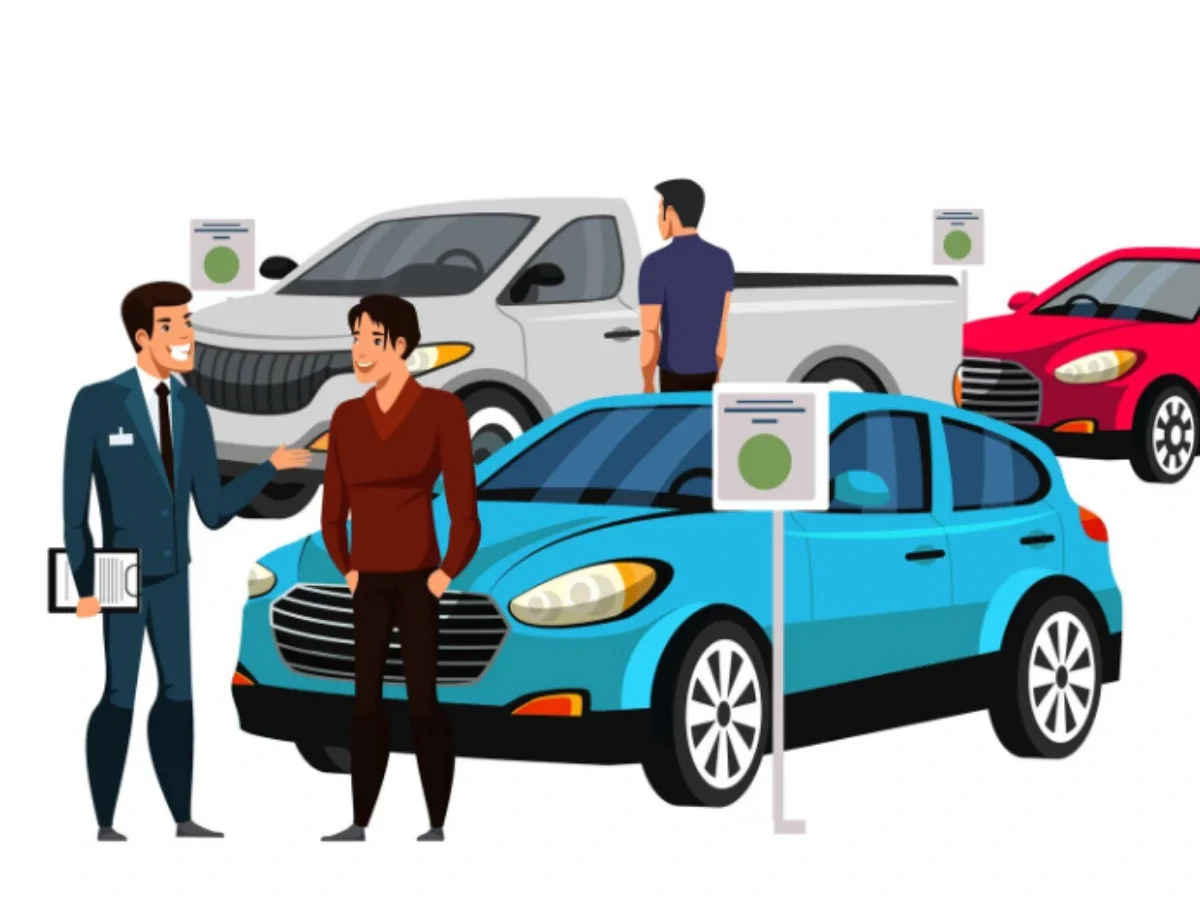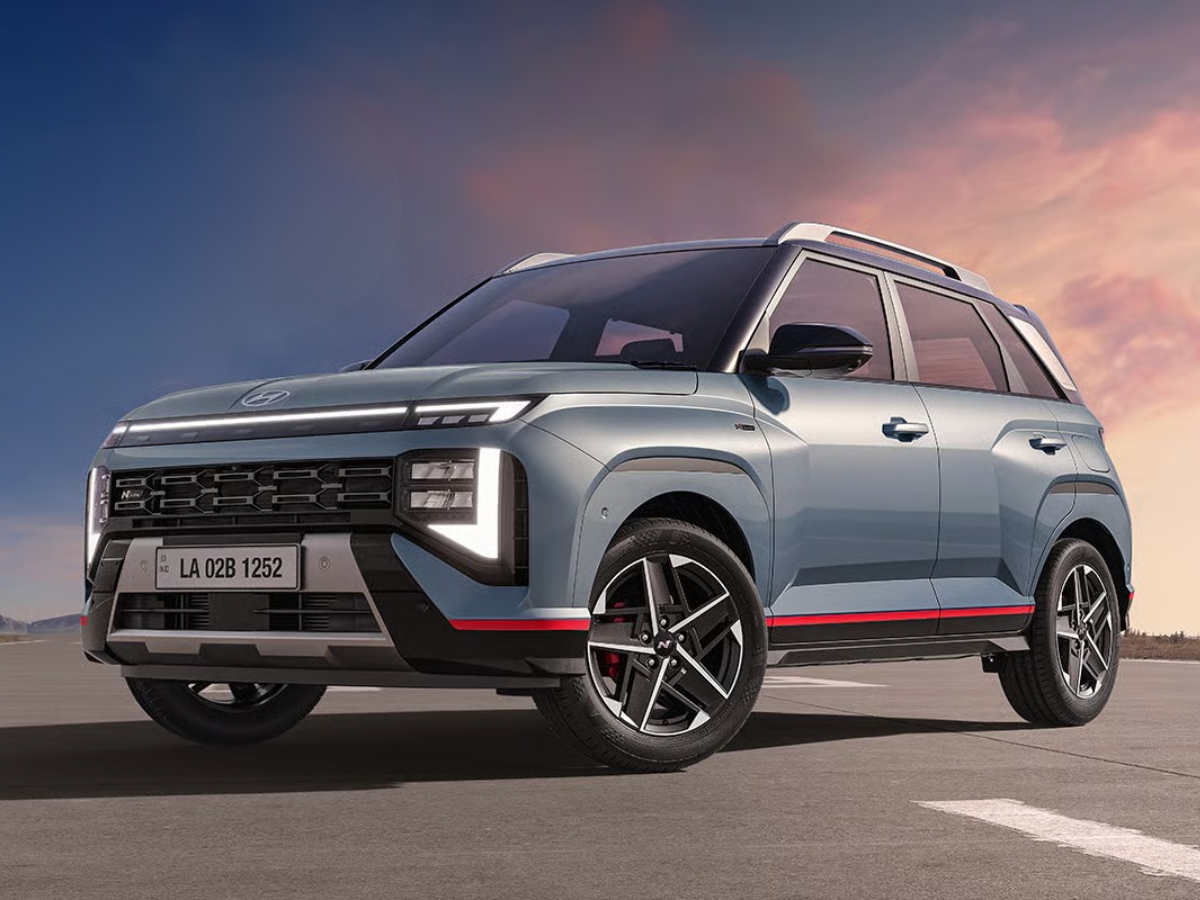

Must-follow maintenance tips for two-wheelers
- 1Check engine oil and tyre pressure regularly to keep your bike running well
- 2Clean and lubricate the chain, and inspect brakes often for safety
- 3Get your bike serviced on time and store it properly to make it last longer
A well-maintained bike is crucial for a safer ride, better mileage, and fewer breakdowns, which ultimately extends its lifespan. With just a few simple maintenance habits, especially if you ride daily, you can keep your two-wheeler running smoothly for years.
Let's have a look at some helpful two-wheeler maintenance tips that every biker should follow to extend their bike's lifespan. Keep reading for a detailed insight.
Top 10 Essential Tips for Bike Maintenance

You may be a daily commuter or a weekend traveller, but keeping some bike maintenance tips in mind can make your motorcycle ride safer. Here are 10 simple maintenance practices every biker should be aware of:
Check Engine Oil Regularly
Engine oil is what keeps your bike engine well-lubricated. Check oil levels regularly and replace them as per the manufacturer's maintenance schedule. Since oil often dries out, it loses its lubricating properties over time, leading to overheating and wear on moving components.
High-quality engine oil enhances mileage and protects engine components from corrosion. If the oil turns dark or develops a burnt smell, replace it immediately instead of waiting for the next scheduled service.
Maintain Tyre Pressure and Tread
Underinflated tyres strain the engine and reduce mileage, whereas overinflated tyres compromise grip and handling. Check tyre pressure weekly and before long rides using a proper pressure gauge.
Also, keep an eye on the sidewalls and tread depth for cracks or cuts. Riding on worn-out tyres can cause skidding, particularly during the monsoon. Timely tyre replacement ensures stability and improved road control.
Keep the Battery in Check
The battery powers your bike’s lights, horn, and ignition. Check the terminals regularly for corrosion and ensure all connections are secure. Keep the battery charged, particularly if the bike is not used for extended periods.
For removable batteries, place them in a cool, dry location. Regularly checking the battery's condition prevents early failure and extends its life.
Clean and Lubricate the Chain
The chain transfers power from the engine to the rear wheel, so keeping it in proper condition is crucial. Dirt, dust, and moisture can cause rust and rapid wear. Clean the chain with a degreaser and lubricate it with chain oil every 500–700 km.
Also, always ensure proper tension; a chain that’s too loose or too tight can affect performance and pose safety risks. Regular chain care improves fuel efficiency and ensures smoother gear shifts.
Inspect Brakes Consistently
Regularly inspect the brake pads, discs, and brake fluid. Worn-out pads reduce braking performance and can damage the discs, leading to costly repairs. Squealing noises or spongy brake resistance are signs that you should have them inspected right away.
Change the brake fluid every 1–2 years for best performance. Having properly functioning brakes leads to safer rides and tends to lower repair bills.
Monitor Coolant and Air Filter
The cooling system and the air filter both significantly impact your bike's engine. Regularly inspecting the radiator, coolant levels, and hoses helps prevent leaks or overheating, while keeping the engine in good condition.
Remove the dust layer covering the radiator fins to allow air to flow more efficiently and replace the coolant according to the manufacturer's instructions. Likewise, the air filter should be inspected after every 1,000 kilometres and cleaned or replaced if it is clogged with dust.
Maintain Proper Lighting and Indicators
Check your headlight, tail light, brake light, and indicators every week to ensure they are working correctly. Indicator lights warn other motorists of your turn or a hazard, helping prevent accidents.
Ensure the light covers are clean, and replace any weak or faulty bulbs immediately. Well-maintained lighting enhances visibility and significantly improves road safety.
Schedule Regular Servicing
Regular servicing and check-ups enable experts to examine critical parts such as brakes, clutch, chain, and tyres, keeping them in their best condition.
Adhere to your manufacturer's service interval for oil changes, filter changes, and performance tuning. It not only prevents unexpected breakdowns but also detects potential problems early.
Keep Your Bike Insurance and Documents Updated
Having legitimate two-wheeler insurance is not only a legal necessity but also a financial safeguard that protects you from high repair costs and legal liabilities. Renew your policy in time and include essential features such as own damage and third-party liability.
During renewal, pay close attention to the IDV (Insured Declared Value) of your bike. It denotes your bike’s current market value and determines the maximum claim amount in case of total loss or theft. Selecting the right IDV in bike insurance ensures fair compensation while keeping your premium optimally priced.
Also, carry updated documents, such as RC, insurance, PUC certificate, and driving licence—either physically or in a digital wallet app to avoid fines during checks.
Ride Smoothly and Store Safely
Your riding and parking habits directly influence your bike’s performance and lifespan. Avoid harsh acceleration, sudden braking, and overloading, as they strain the engine and reduce fuel efficiency. When parked, keep the bike under shade or use a cover to protect it from paint damage and rust.
Common Mistakes to Avoid in Two-Wheeler Maintenance

The following are the most common mistakes riders make that harm their bikes and performance. Ensure to avoid these to enhance your bike maintenance:
Missing Regular Servicing: Neglecting periodic servicing compromises the engine, suspension, and brakes. Periodic inspections every 3,000–5,000 km identify early wear and avoid breakdowns.
Overloading the Bike: Too many passengers or luggage stretches the suspension and tyres, making the bike unstable and unsafe, particularly on potholed roads.
Poor Chain Maintenance: A loose or dry chain cuts power delivery and can snap while riding. Clean and grease it every week for smooth running.
Employing Non-OEM Parts: Inexpensive, imitation parts wear rapidly and can damage vital components. Use only genuine spares from approved dealers.
Overlooking Early Warning Signs: Squeaks, spongy brakes, or vibration are usually indicative of underlying issues—check them out at once.
Using Excess Water During Washing: Too much water leads to rust and electrical faults. Use minimal water and pH-neutral washing products.
Incorrect Tyre Pressure: Under- or over-inflated tyres influence grip and mileage. Check PSI regularly for stability and fuel economy.
Delaying Professional Servicing: Expert services cannot be substituted by home remedies. Have your bike serviced by professionals every 6 to 12 months.
By following the simple two-wheeler care tips, you can enjoy a smoother, safer, and more reliable ride while extending your bike’s lifespan. Staying on top of routine servicing with valid insurance also protects you from unexpected repair costs. With the proper care, your two-wheeler stays efficient, roadworthy, and ready for every journey ahead.




















